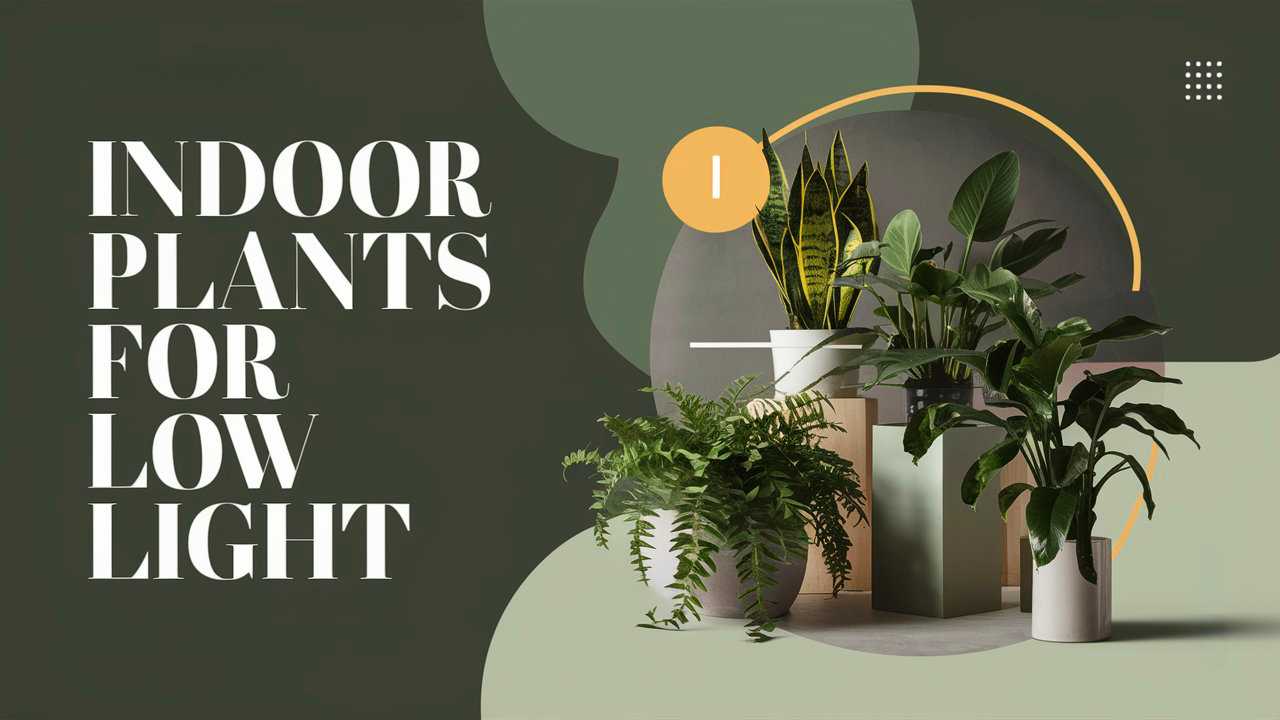Creating a vibrant indoor space often leads us to consider the addition of plants. Unfortunately, not everyone’s home provides an abundance of sunlight, but that shouldn’t deter you from enjoying the many benefits that indoor plants can offer. Whether you’re a seasoned plant enthusiast or a beginner, there are numerous options for low-light environments that can thrive and beautify your home.
Understanding Low Light Conditions
First, let’s clarify what “low light” means. Low light areas typically do not receive direct sunlight and can be found in rooms with small windows, north-facing windows, or spaces with heavy furniture blocking light sources. While these areas may not be ideal for all plants, several species of indoor plants flourish in such conditions. Understanding your space’s light quality is crucial when selecting the right plants.
Snake Plant (Sansevieria)

The Snake Plant is a favorite among indoor gardeners. Known for its striking, upright leaves and tolerance of various conditions, it is the ideal houseplant for low light. It requires minimal care, needing water only when the soil is completely dry. The Snake Plant also excels at purifying the air and can adapt to neglect, making it perfect for beginners.
ZZ Plant (Zamioculcas zamiifolia)
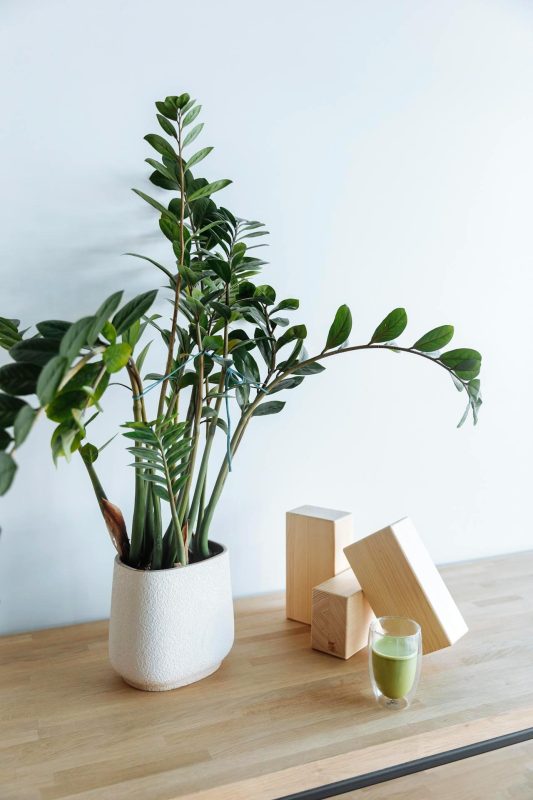
ZZ Plants are robust and stylish, featuring glossy, dark green leaves that can survive in low light. They are incredibly low-maintenance, only requiring occasional watering when the soil is dry. The ZZ Plant is highly resilient and can tolerate a range of indoor conditions, making it a great addition to any low-light area.
Pothos (Epipremnum aureum)
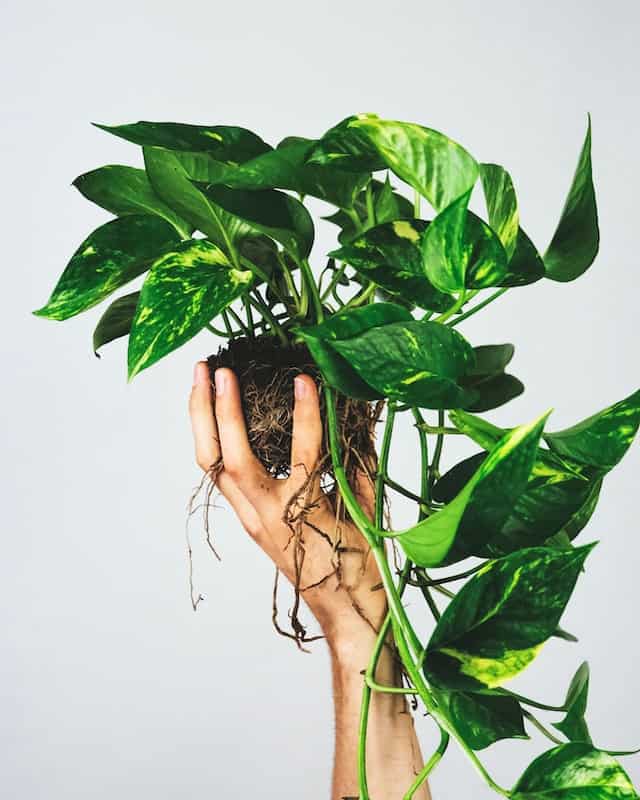
Pothos, also known as Devil’s Ivy, is a versatile vine with heart-shaped leaves. This plant can thrive in a variety of lighting situations, including low light. Its trailing vines can be used decoratively in hanging planters or as a climbing plant with the help of a trellis. Pothos is also known for its air-purifying qualities, making it a wonderful choice for improving indoor air quality.
Peace Lily (Spathiphyllum)
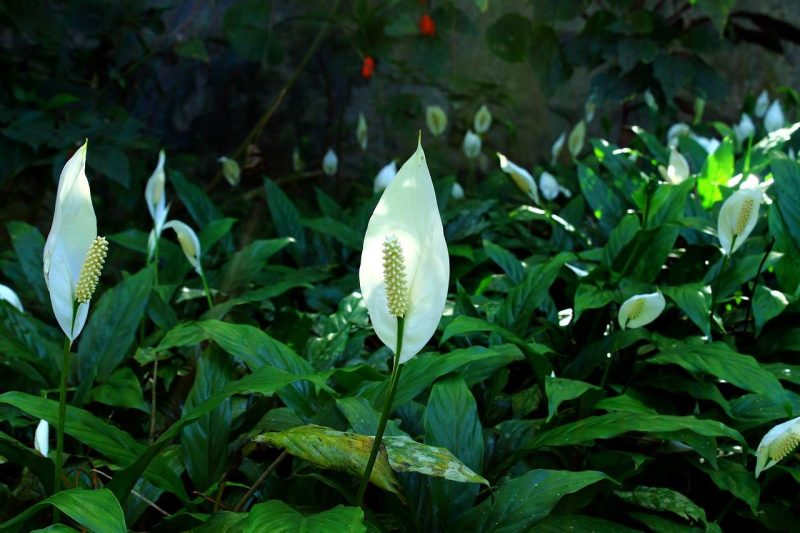
The Peace Lily is a popular indoor plant due to its beautiful white blooms and ability to purify air pollutants. It can survive in low light, although it will produce more flowers with brighter indirect light. The Peace Lily prefers consistently moist soil, so it’s essential to keep an eye on its water needs. This plant adds a touch of elegance and serenity to indoor spaces.
Spider Plant (Chlorophytum comosum)
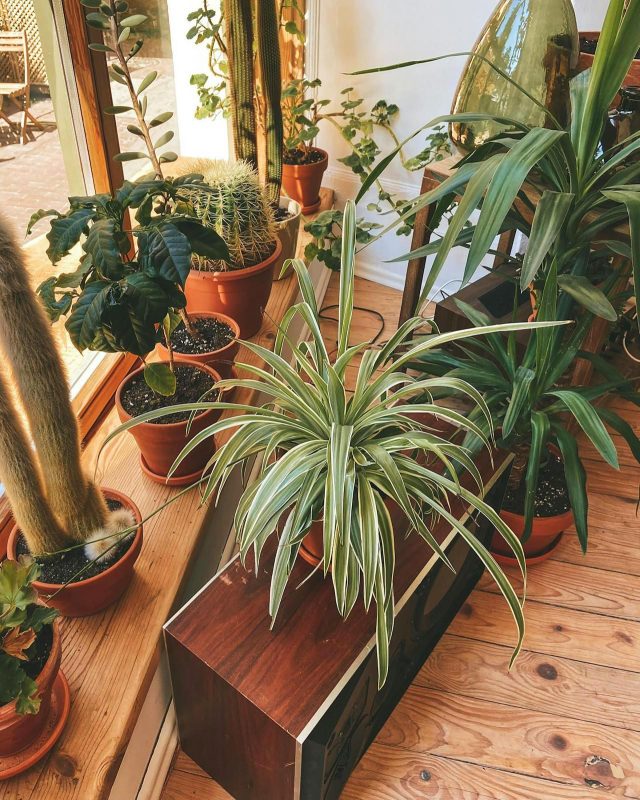
Spider Plants are known for their arching leaves and ability to produce offshoots, referred to as “pups.” They thrive in low to medium light conditions and are relatively easy to care for. Regular watering is necessary, but they are forgiving of occasional neglect. Spider Plants are also incredible air purifiers, making them a great choice for healthy indoor living.
Cast Iron Plant (Aspidistra elatior)
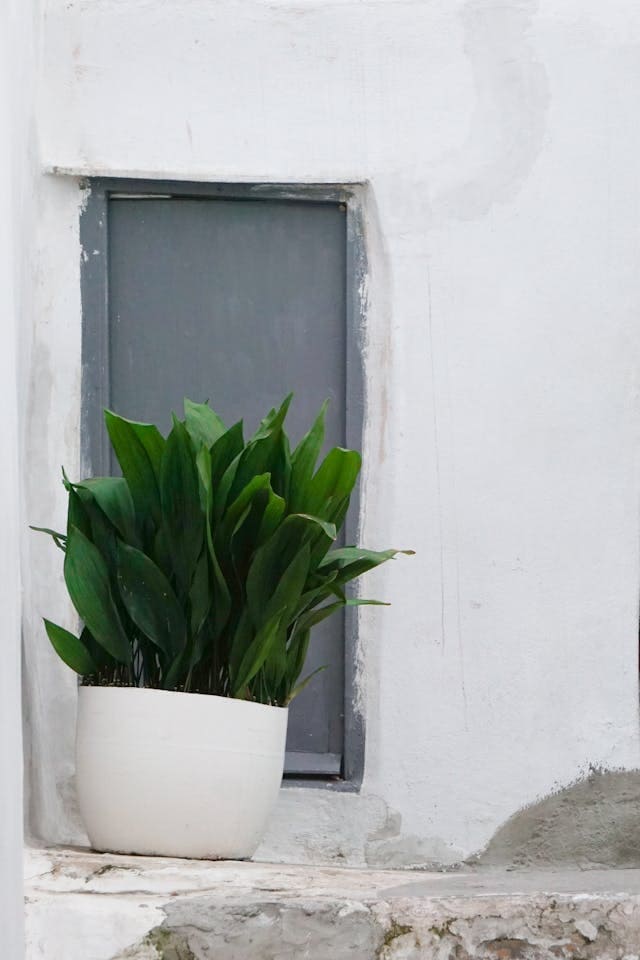
True to its name, the Cast Iron Plant is nearly indestructible. It can tolerate a wide range of conditions, including low light and neglect. The long, strap-like leaves add a lush feel to any indoor space. This plant requires infrequent watering, making it excellent for those who might forget to tend to their greenery.
Dracaena
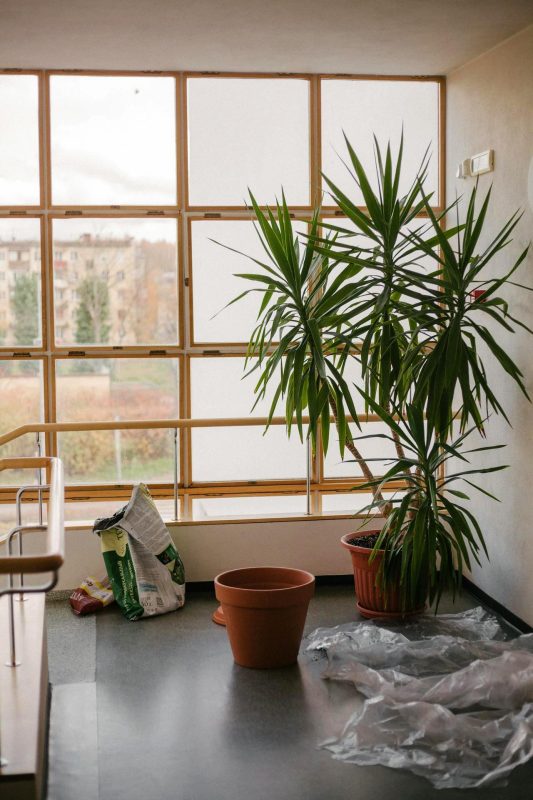
Dracaena is a diverse genus with many species that do well in low light. The Dracaena Marginata, for example, features long, slender leaves with a striking burgundy edge. These plants generally prefer moderate watering and can tolerate little light while still growing beautifully.
Parlor Palm (Chamaedorea elegans)
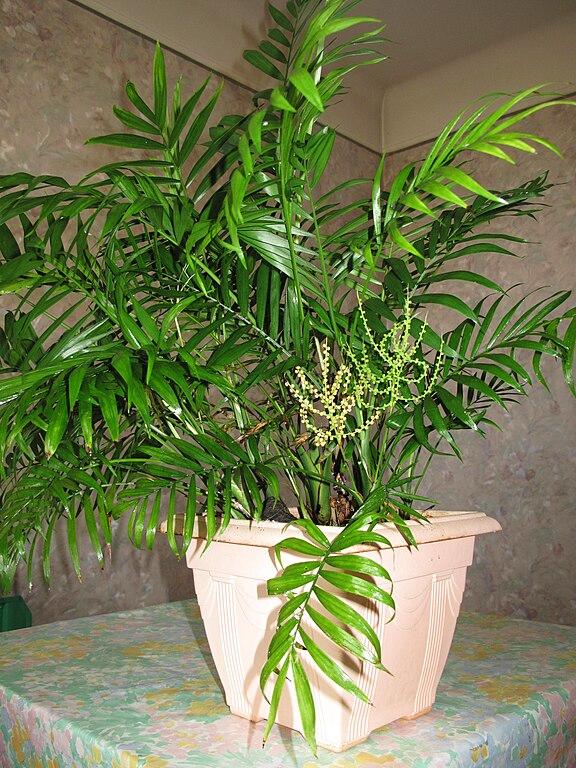
If you’re looking for a classic indoor palm, the Parlor Palm is an excellent choice. This easy-care plant thrives in low light and prefers to be kept on the drier side, needing water only when the top inch of soil is dry. Its feathery fronds add a tropical vibe to your home, making it visually appealing in any setting.
Chinese Evergreen (Aglaonema)
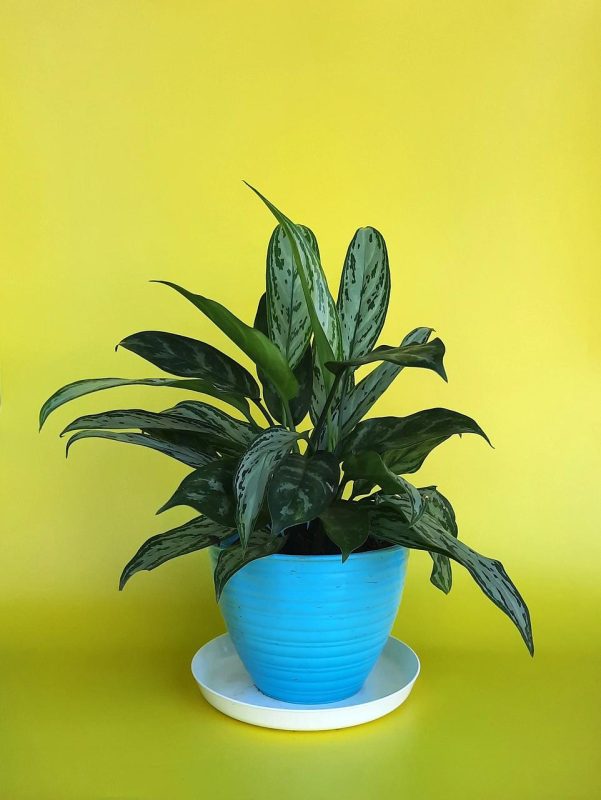
Known for its striking foliage, the Chinese Evergreen is a fantastic choice for low light conditions. With a variety of colors and patterns available, this plant offers both beauty and resilience. Chinese Evergreens prefer to be watered when the top inch of soil gets dry, making them an ideal indoor plant for those who may not have a consistent watering schedule. They are also known to remove toxins from the air, contributing to a healthier indoor environment.
Rubber Plant (Ficus elastica)

Rubber Plants, with their dramatic, large, glossy leaves, can adapt to low light conditions, although they prefer bright, indirect sunlight for optimal growth. This plant is relatively easy to care for and can even grow into a small tree if given the right conditions. Be cautious about overwatering; letting the soil dry out slightly between waterings is best.
Caring for Low Light Plants
While many plants can survive on minimal light, there are several care tips to ensure they thrive:
1. Watering
Always check the soil moisture before watering. Many low-light plants prefer to dry out slightly between waterings. Overwatering can lead to root rot, a common issue with plants in darker conditions.
2. Dusting Leaves
Dust can accumulate on leaves, especially in low-light environments, which can hinder their ability to photosynthesize. Regularly wipe down the leaves with a damp cloth to keep them clean and enhance their appearance.
3. Fertilizing
Low-light plants often need less fertilizer than those grown in bright light. Use a balanced, water-soluble fertilizer during the growing season (spring and summer) but reduce or eliminate feeding during fall and winter when the plants are typically less active.
4. Rotating Plants
Consider rotating your plants periodically to ensure all sides receive similar amounts of light. This can help maintain even growth and prevent lopsided, leggy plants.
Creating the Ideal Environment
Even low-light plants can benefit from a well-thought-out environment. Here are some tips to optimize surroundings:
1. Indirect Light Sources
If natural light is scarce, consider using grow lights. These special lights can provide the essential spectrum needed for plant growth, allowing your low-light plants to flourish even in dark corners of your home.
2. Grouping Plants
Group your plants together to create a microclimate. This not only makes watering easier but also helps maintain humidity levels, which many indoor plants appreciate.
3. Selecting the Right Containers
Choose pots that allow for adequate drainage to prevent overwatering. You might also consider decorative pot covers that complement your home décor while providing suitable drainage solutions.
4. Placement Considerations
Think about the placement of your plants carefully. Consider areas with filtered light from windows or spots that might receive indirect light from nearby rooms. Monitor how different placements affect growth, as every home environment is unique.
Conclusion
Adding indoor plants to your low-light spaces can transform your home into a vibrant oasis. From the easy-care Snake Plant to the elegant Peace Lily, these plants not only enhance the aesthetics of your environment but also contribute to a healthier atmosphere. Understanding the needs of each species and adjusting care practices accordingly ensures that you can enjoy your green companions for years to come.
By providing just a bit of attention and care, you’ll have a thriving indoor garden that can withstand the challenges of low light. So don’t be discouraged by a lack of sunlight—there are countless options that will bring life and beauty to your home even in the dimmest corners. Embrace the green life and enjoy the myriad benefits that indoor plants bring to your living space.


